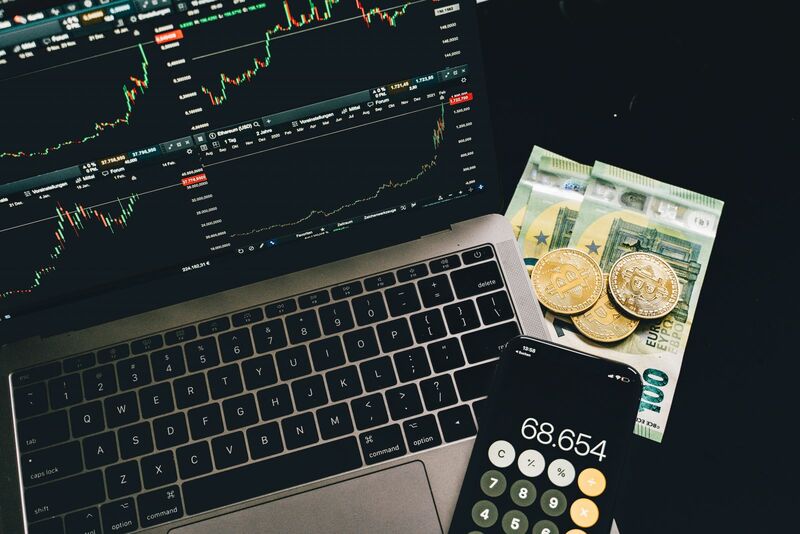
Today’s hawkish comments by ECB President Lagarde gave the euro (^EURUSD) a small boost. However, the markets are expecting the ECB to be done tightening monetary policy by this autumn or winter, which would eliminate the euro’s current interest rate advantage.
At the ECB’s retreat in Portugal, ECB President Lagarde today said, “It is unlikely that in the near future the central bank will be able to state with full confidence that peak rates have been reached. Barring a material change to the outlook, we will continue to increase rates in July.”
The market consensus is that the ECB will raise its deposit rate by +25 bp to 3.75% at its next meeting on July 27 and that one final +25 bp rate hike to a terminal rate of 4.0% is likely by late this year. That means that the markets are generally expecting another +50 bp of rate hikes from the ECB by year-end to a terminal rate of 4.00%.
By contrast, the markets are expecting only another +25 bp of rate hikes from the Federal Reserve to a terminal rate of around 5.35%. That illustrates that the euro still has an interest rate advantage over the dollar on a marginal basis since the markets are expecting another +50 bp of rate hikes from the ECB versus only a +25 bp rate hike from the Fed. However, that interest rate advantage is expected to be over by year-end, when both the Fed and the ECB are expected to be on hold.
Still, the dollar (DXY00) still has advantages over the euro that are providing underlying support for the dollar. First, the nominal level of interest rates is higher in the U.S. than in Europe. The Fed currently has its funds rate pegged at 5.07%, whereas the euro’s benchmark rate is much lower at 3.50%. Also, the markets are anticipating a terminal Fed rate of 5.35% versus a terminal rate of 3.92% for the ECB, which is a wide 143 bp spread in favor of the dollar.
Second, the dollar has an advantage from the stronger U.S. economy. U.S. GDP grew by +2.6% in Q4-2022 (q/q annualized) and +1.3% in Q1-2023, much stronger than the -0.4% (q/q annualized) declines seen in Eurozone GDP in both of those quarters. However, the euro might have a small economic advantage in the second half of the year when economists are expecting unchanged or negative growth in the U.S. versus a modest GDP increase of +0.8% in the Eurozone.
On the date of publication, Rich Asplund did not have (either directly or indirectly) positions in any of the securities mentioned in this article. All information and data in this article is solely for informational purposes. For more information please view the Barchart Disclosure Policy here.






